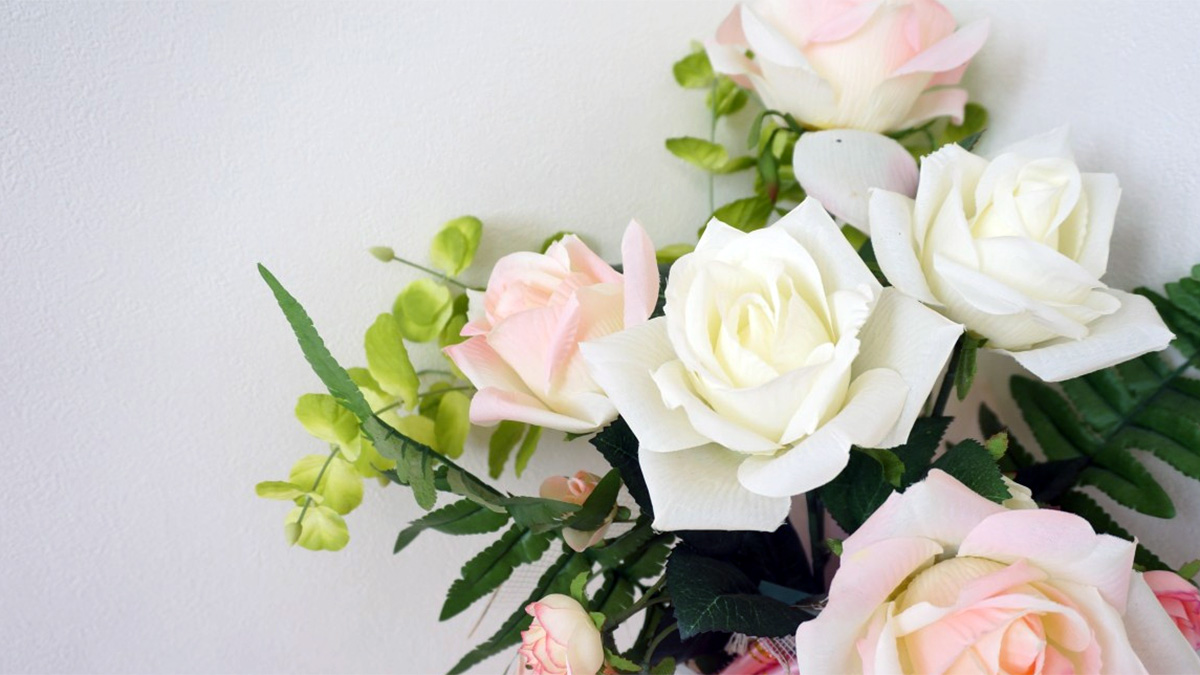Growing a Cut Flower Garden for Decorative Floral Displays & Bouquets

There’s nothing quite like filling your home with fresh, homegrown flowers. A cut flower garden lets you grow beautiful blooms specifically for bouquets and displays. With the right mix of plants and a few smart growing techniques, you can harvest vibrant stems all season long right from your own backyard.
Related: Flower Power: Bright and Beautiful Container Garden Ideas
What is a cut flower garden?
A cut flower garden is designed specifically for harvesting flowers to use in bouquets and decorative arrangements. Unlike a traditional ornamental garden meant for display, this type of garden prioritizes productivity, stem length, and bloom quality. The goal is to grow flowers you can cut regularly without worrying about disrupting a carefully landscaped look.
This style of gardening is ideal for anyone who loves having fresh flowers in the house or giving bouquets as gifts. With the right planning, you can enjoy a steady stream of blooms from spring through fall. It’s also a fun way to explore flower arranging and get creative with color and texture.
Choose the best location
Cut flowers need plenty of sun to produce strong stems and vibrant blooms. A spot that gets at least six hours of direct sunlight each day is best. Good airflow and drainage are also important to prevent disease and keep plants healthy.
Prepare the soil by loosening it well and working in compost or organic matter to improve fertility. If your soil tends to hold too much moisture, consider raising your beds or adding sand to improve drainage. Keep your garden close to a water source to make irrigation easier, especially in summer.
Picking the right flowers to grow
Annuals are often the stars of a cut flower garden because they bloom quickly and continuously through the growing season. Zinnias, cosmos, snapdragons, and sunflowers are popular choices for their bright colors and long vase life. Many annuals also respond well to frequent cutting, producing more blooms as a result.
Perennials like echinacea, yarrow, and black-eyed Susan return each year and offer reliable structure and support for your arrangements. Don’t forget foliage and filler plants such as ammi, dusty miller, and eucalyptus, which add texture and contrast. When selecting varieties, consider bloom time, stem length, and how well the flowers hold up once cut.
Starting your flowers from seed or transplants
Growing flowers from seed gives you the widest choice of varieties and is often the most budget-friendly option. Many flowers can be started indoors about six to eight weeks before the last frost, while others can be direct sown into the garden once the soil warms. If you’re new to starting seeds, look for beginner-friendly options like marigolds or bachelor’s buttons.
Transplants are a convenient way to get a head start, especially if you have a shorter growing season. Choose healthy seedlings with strong stems and well-developed roots. Whether you start from seed or transplant, label your rows clearly so you can track bloom times and performance.
Planting layout and succession planting
Organizing your flower beds in rows or blocks makes it easier to weed, water, and harvest. Leave space between plants to promote airflow and prevent mildew or rot. Taller varieties should be placed at the back or center of your beds to avoid shading shorter plants.
Succession planting is the key to continuous blooms. Instead of planting everything at once, sow new seeds every two to three weeks to keep the garden producing. This strategy is especially useful for fast-growing annuals like cosmos and zinnias that have shorter bloom cycles.
How to care for your cut flower garden
Regular watering is important, particularly during dry spells. Water deeply at the base of the plants to encourage deep root growth. A layer of mulch helps retain moisture, suppress weeds, and keep the soil cool in hot weather.
Feed your flowers every few weeks with a balanced, water-soluble fertilizer or top-dress with compost to boost soil health. Deadheading spent blooms and pinching young plants encourages branching and more flowers. The more you cut and care for your garden, the more it gives back.
When and how to harvest for longest vase life
The best time to harvest flowers is early in the morning or late in the evening when temperatures are cooler and blooms are well-hydrated. Use clean, sharp scissors or garden snips to make a clean cut just above a set of healthy leaves. Place the stems directly into a bucket of clean water to prevent wilting.
Some flowers are best harvested in bud form, while others should be fully open. Experiment with timing to see what works best for each variety. Before arranging, strip any leaves that will sit below the waterline to help reduce bacteria and keep your bouquets fresher longer.
Easy flower arranging tips for beginners
Start with a few focal flowers, then add supporting blooms and foliage to create a balanced look. Mix different shapes, textures, and colors to give your arrangement depth and movement. Odd numbers often look more natural, and varying the height of your stems can create a more dynamic effect.
Use clean vases and change the water every couple of days to extend the life of your flowers. Adding a floral preservative or a homemade mix of sugar and vinegar can also help. Don’t be afraid to experiment—flower arranging is part technique, part personal expression.
Bonus ideas for using your blooms
Fresh-cut flowers make wonderful gifts for birthdays, dinner parties, or just because. You can also dry blooms like strawflower, statice, or globe amaranth for use in wreaths, garlands, or crafts. Pressing flowers is another way to preserve their beauty and use them in cards, bookmarks, or wall art.
If you end up with more flowers than you can use, consider sharing with neighbors, donating to local businesses, or selling at a farmers market. Growing your own bouquets is a fulfilling way to enjoy beauty, give generously, and maybe even earn a little extra on the side.
Conclusion
Growing your own cut flower garden is a rewarding way to bring beauty indoors and share joy with others. Whether you’re just starting or expanding an existing garden, focusing on bloom timing, stem strength, and variety will set you up for a steady supply of fresh flowers. From your garden to your vase, each stem tells a story worth celebrating.
